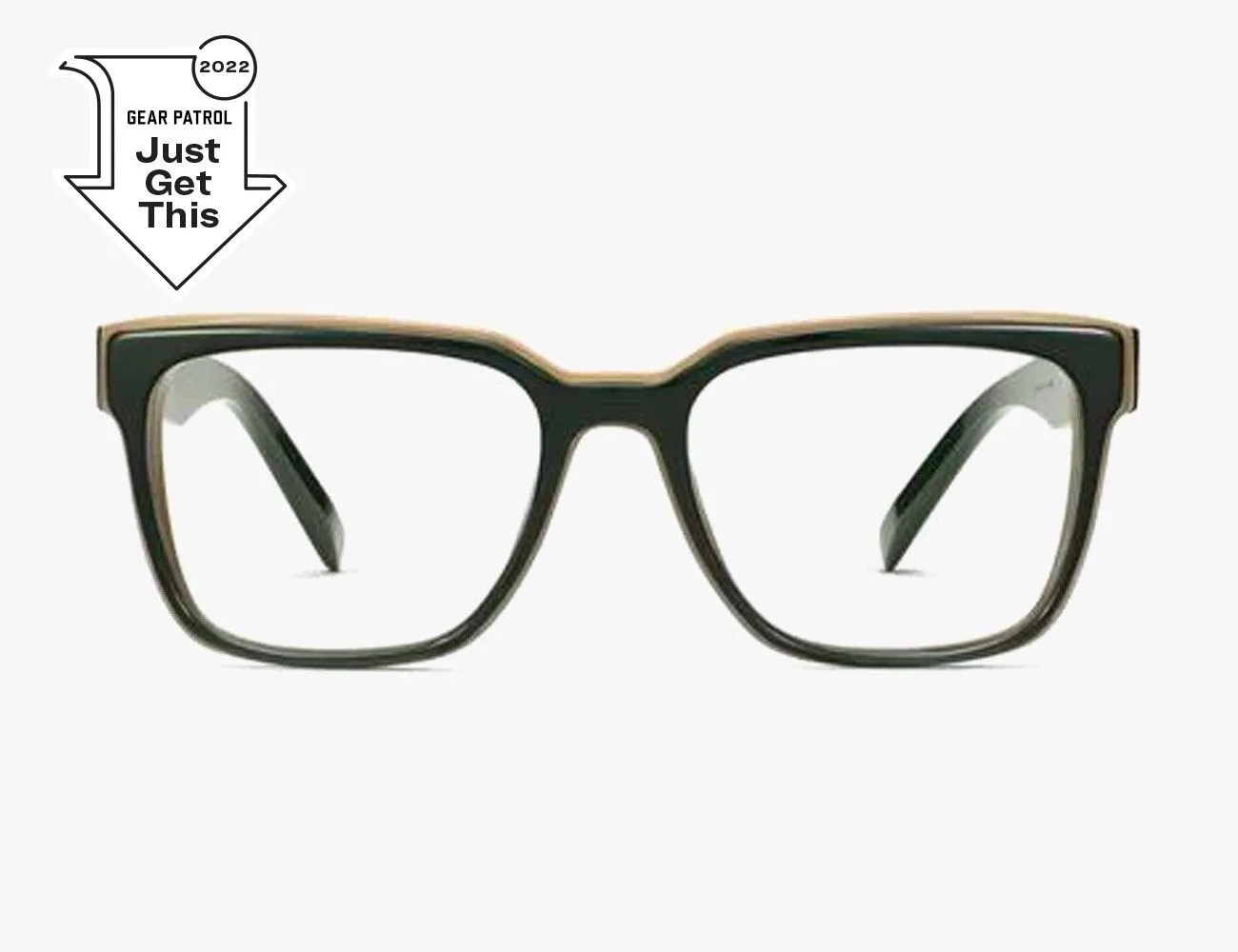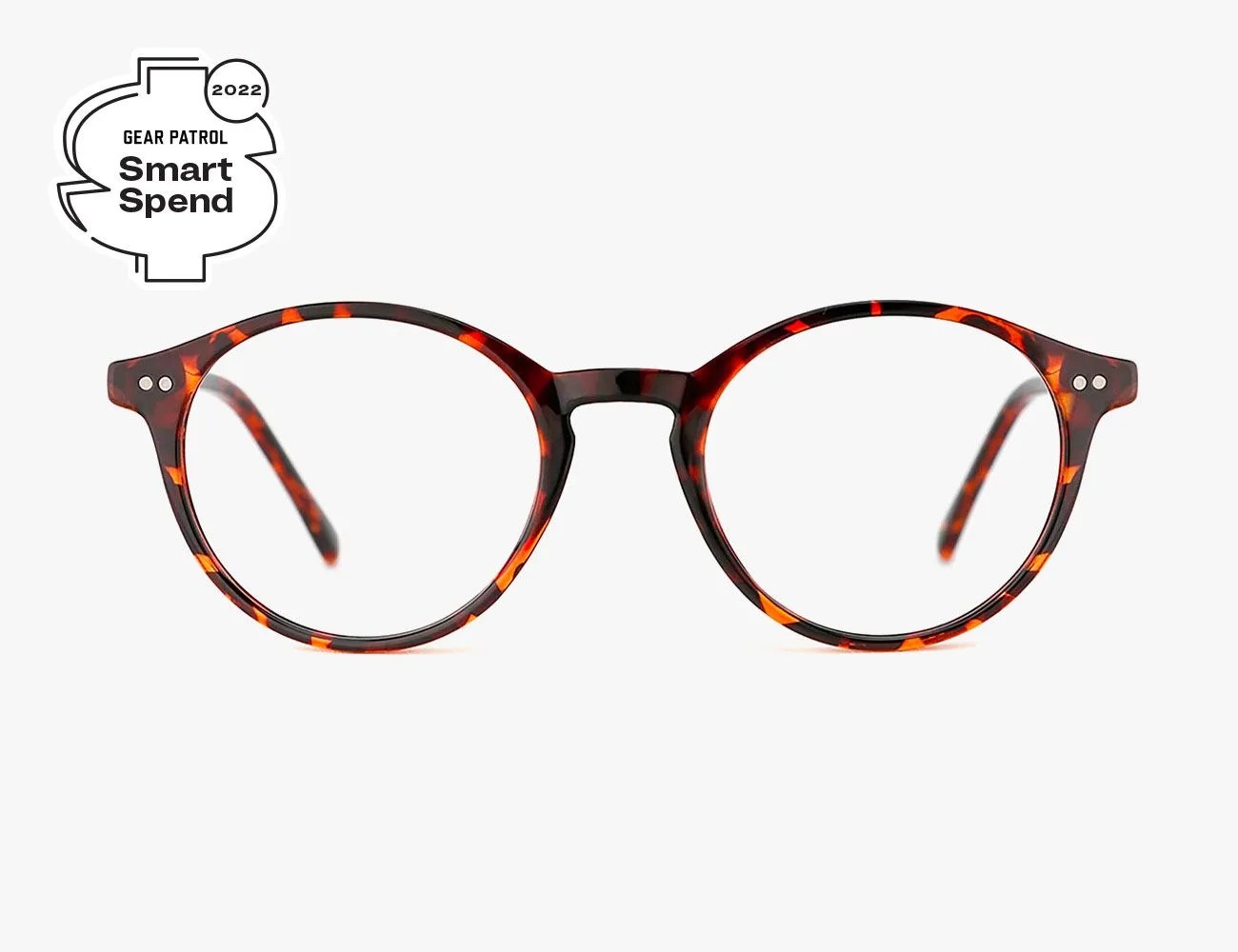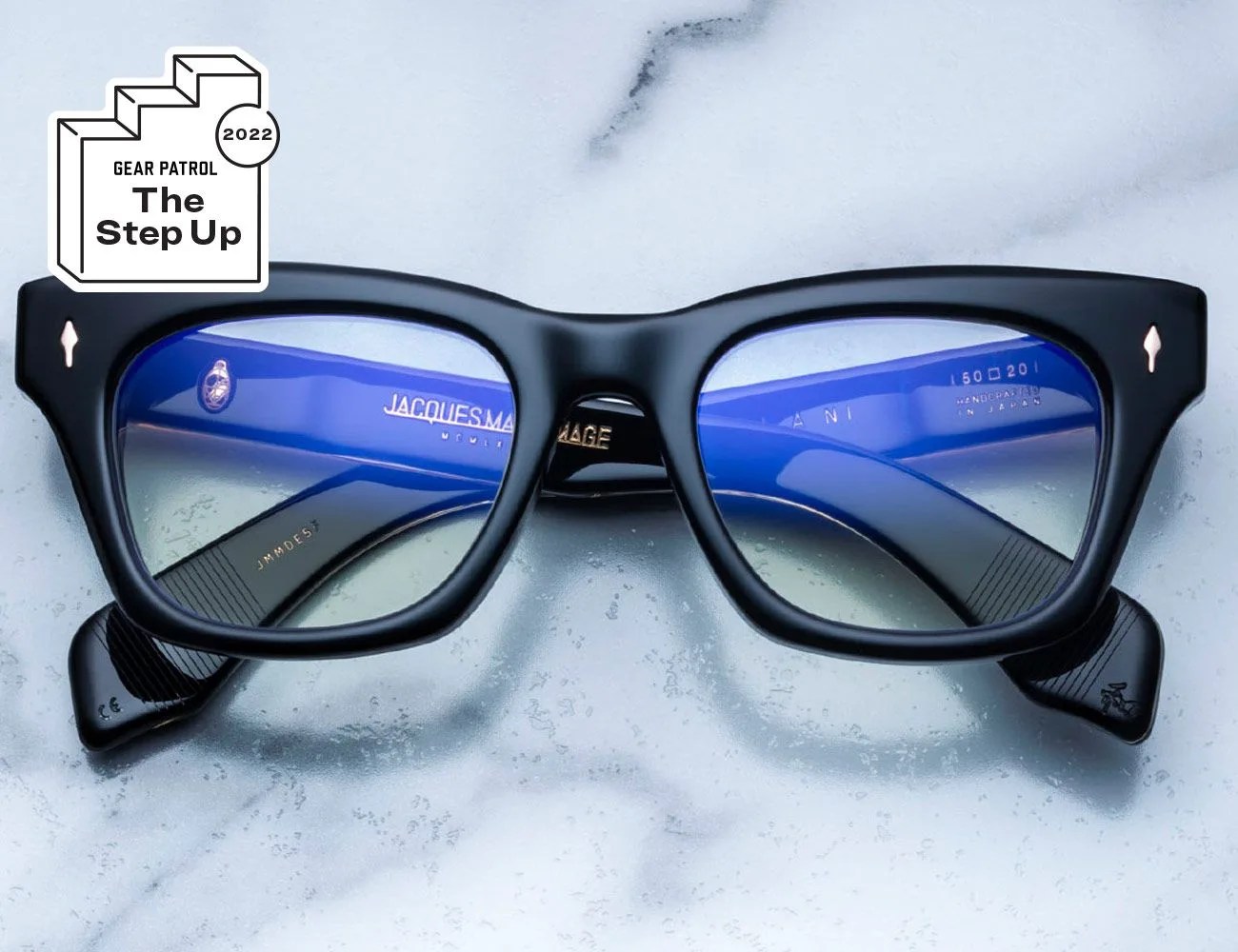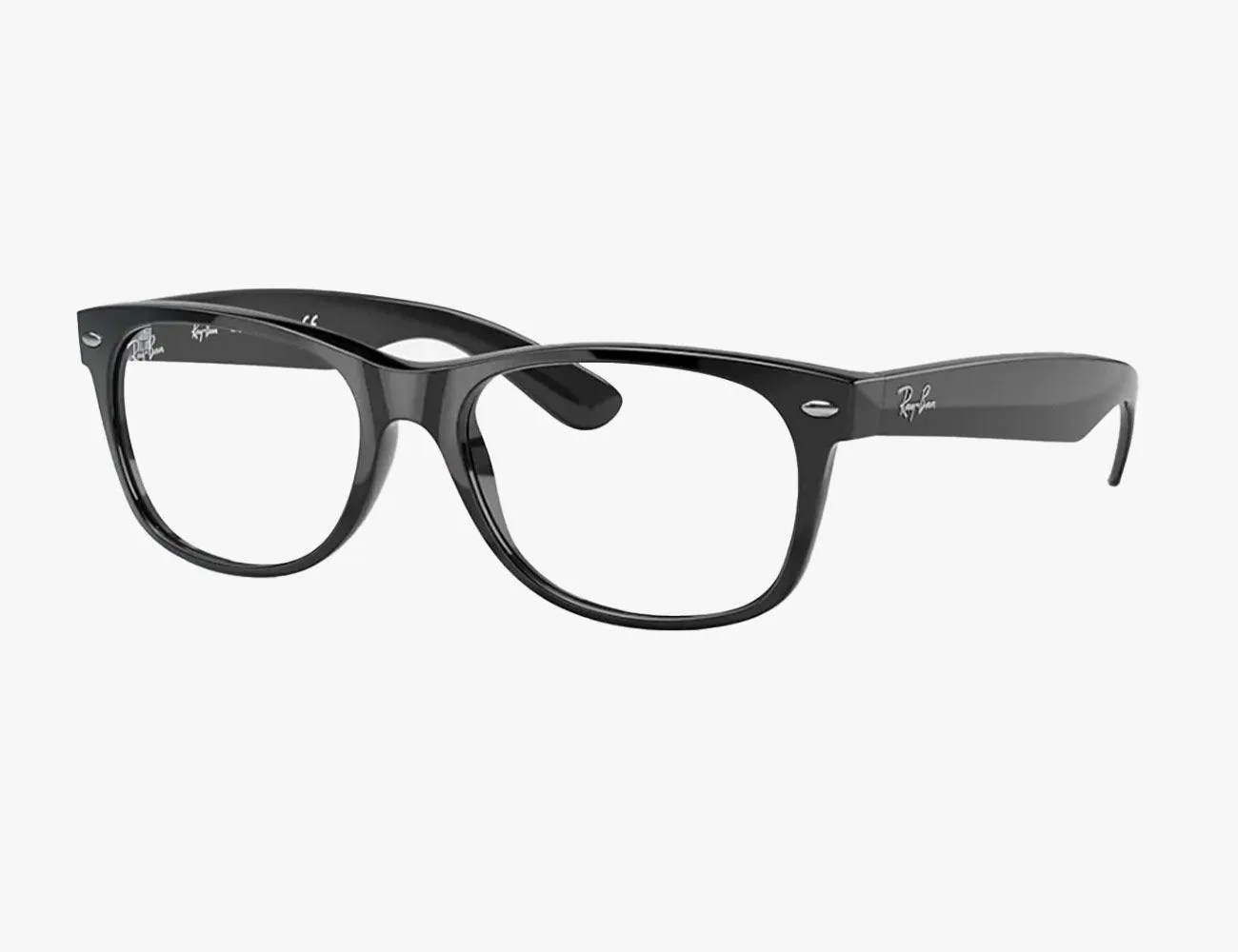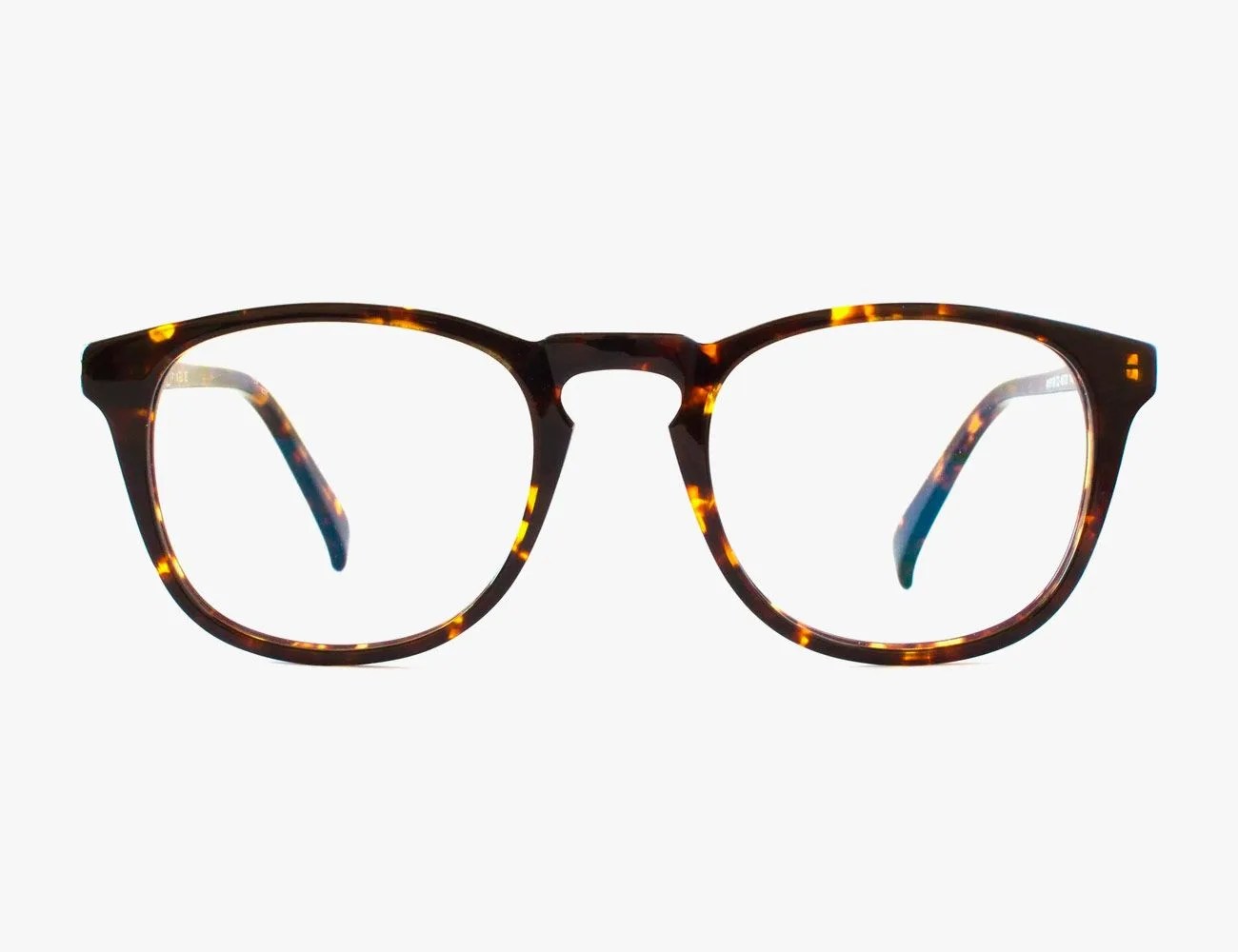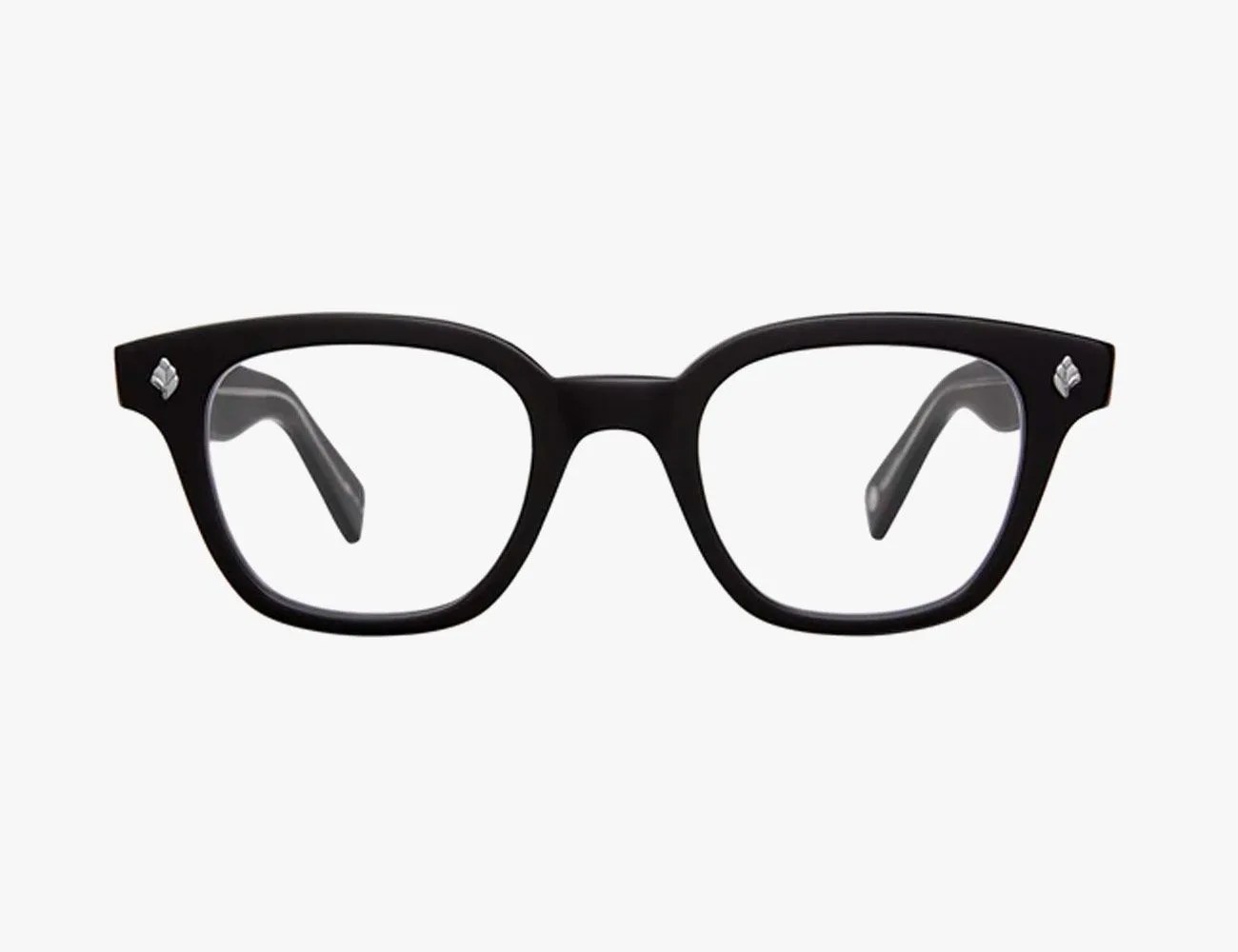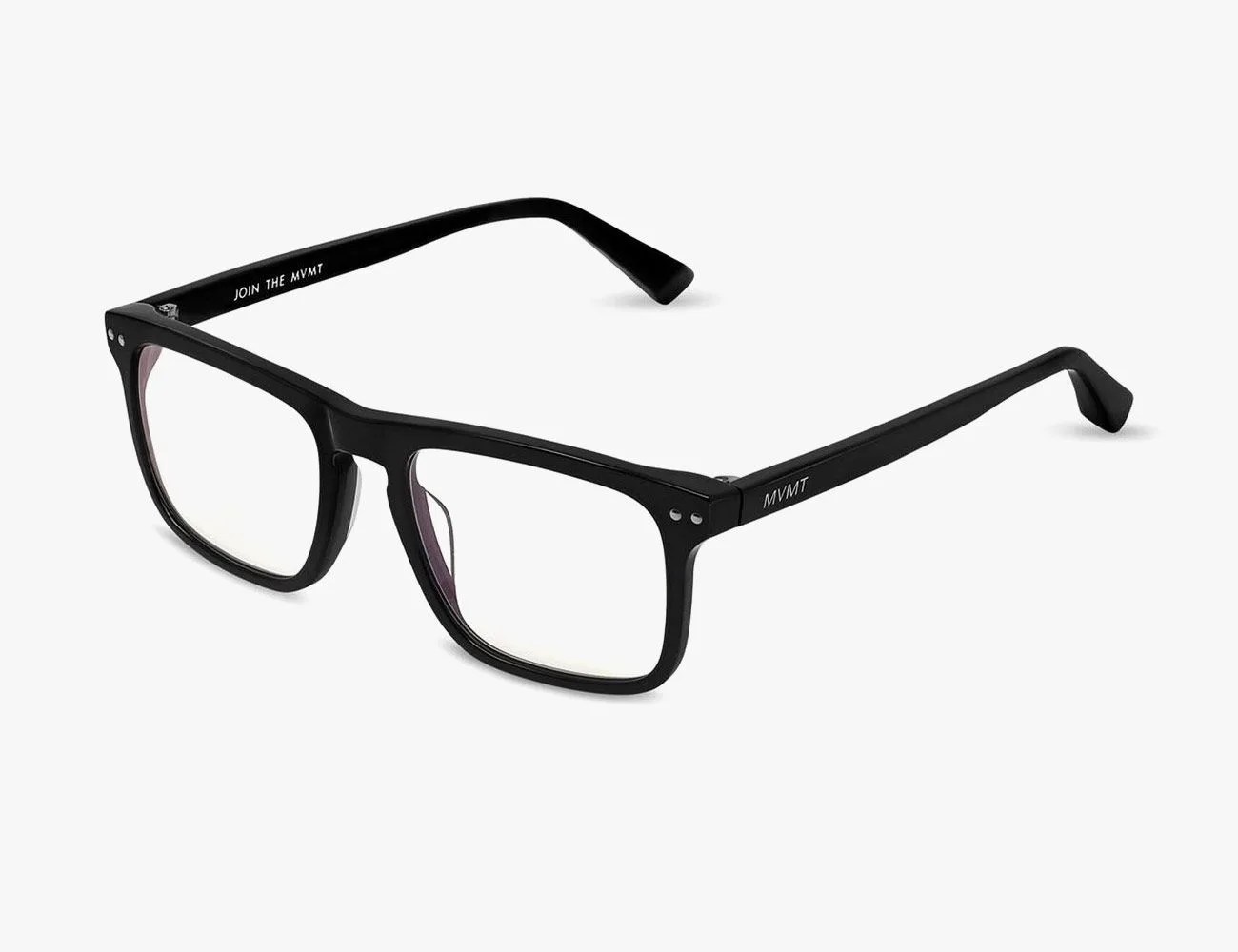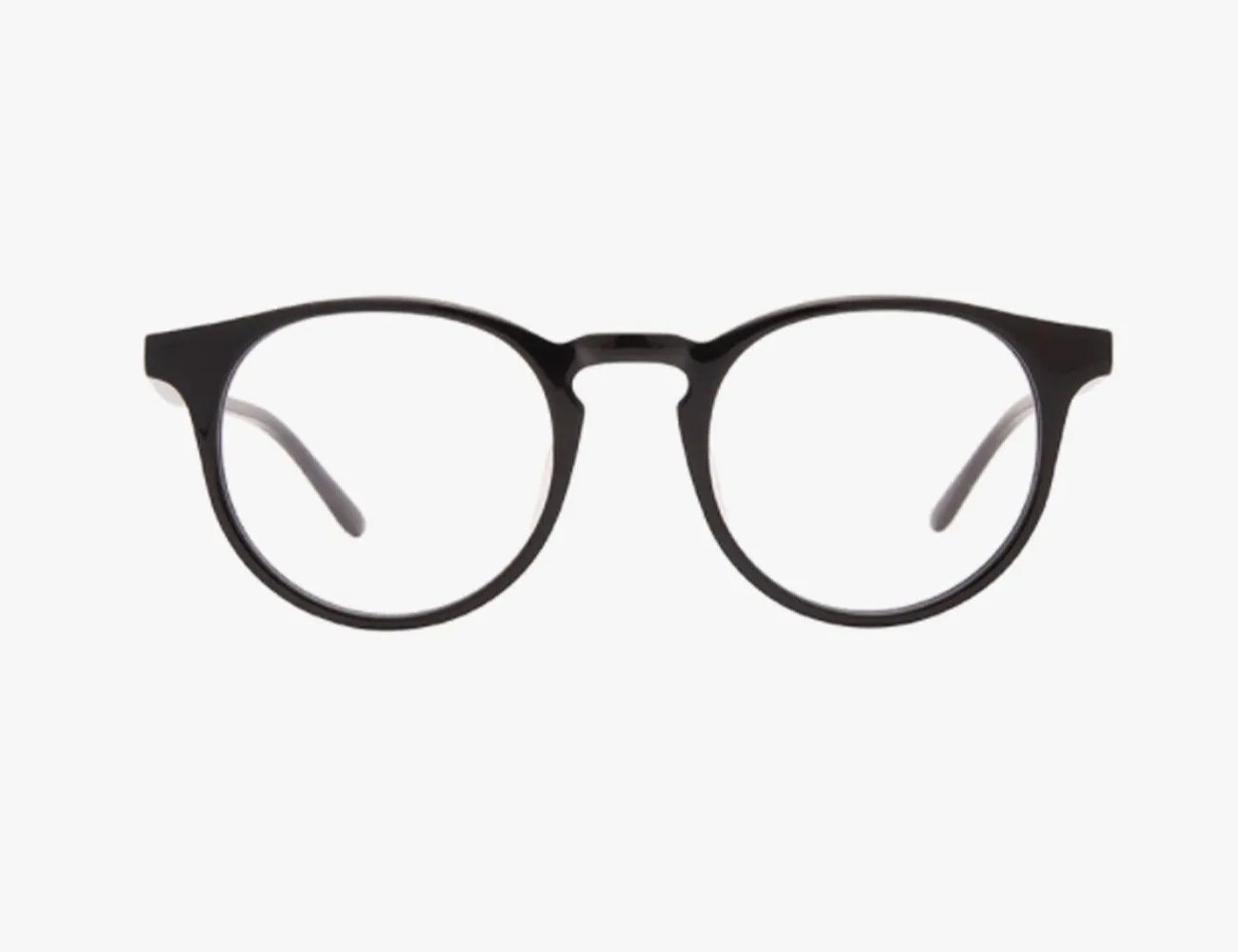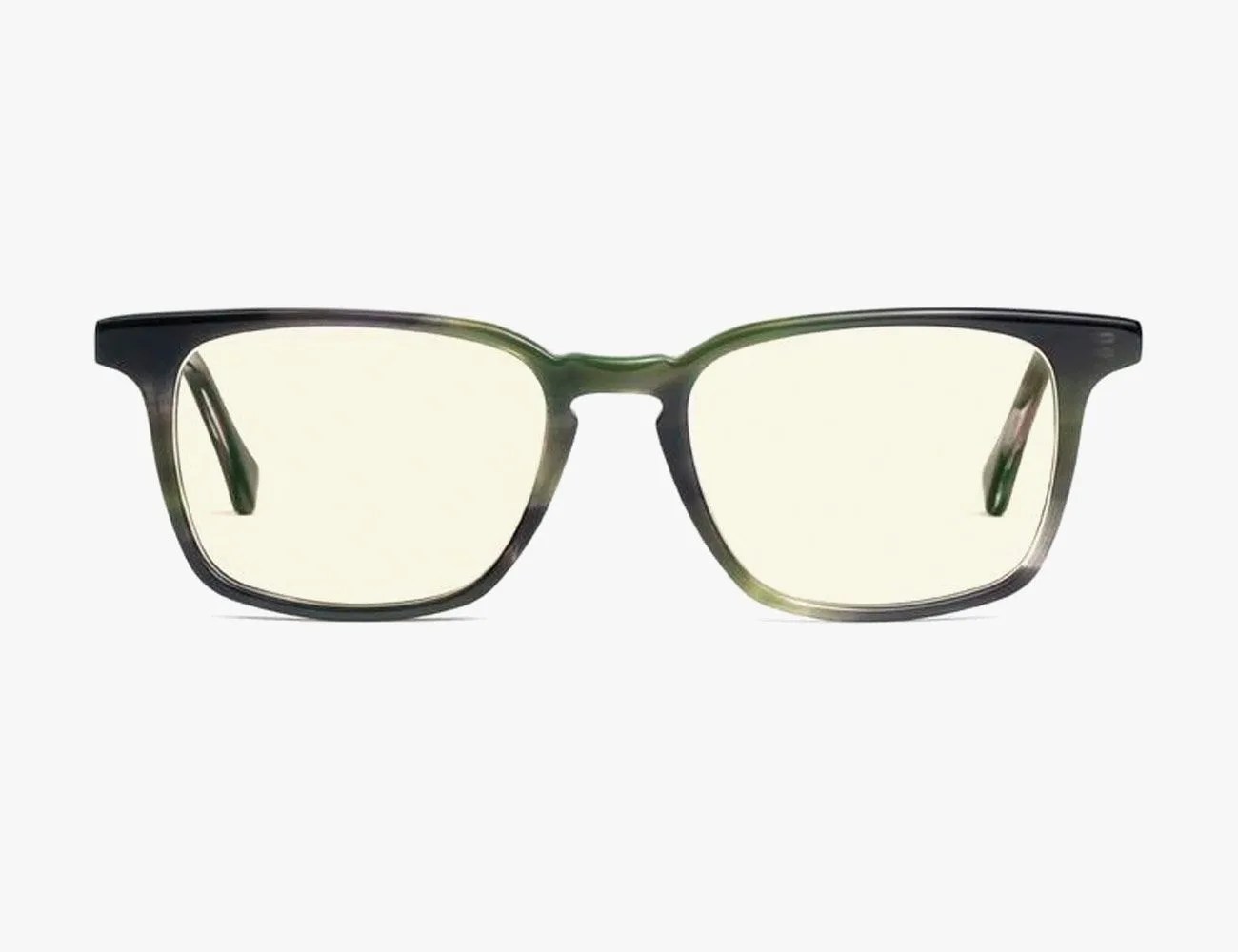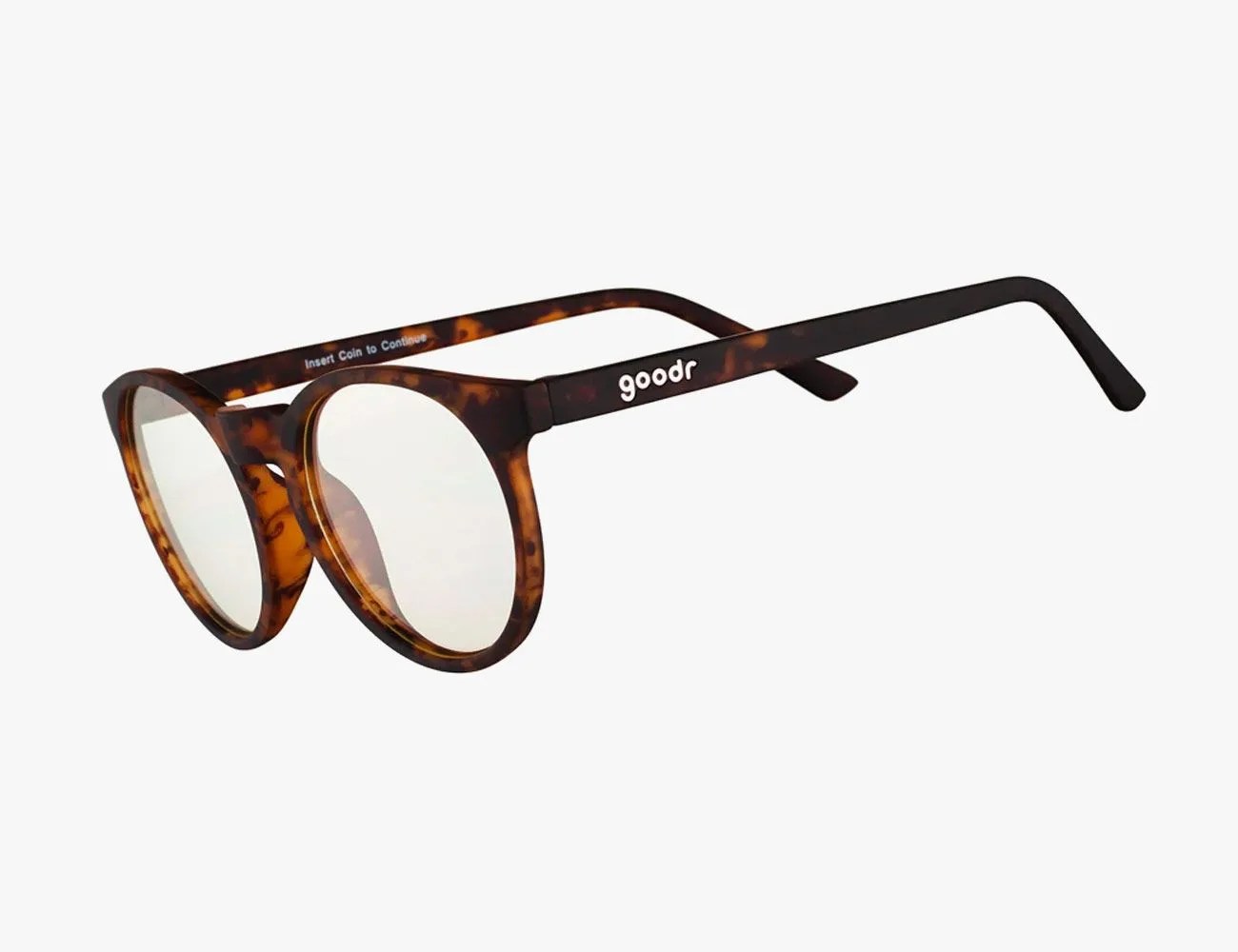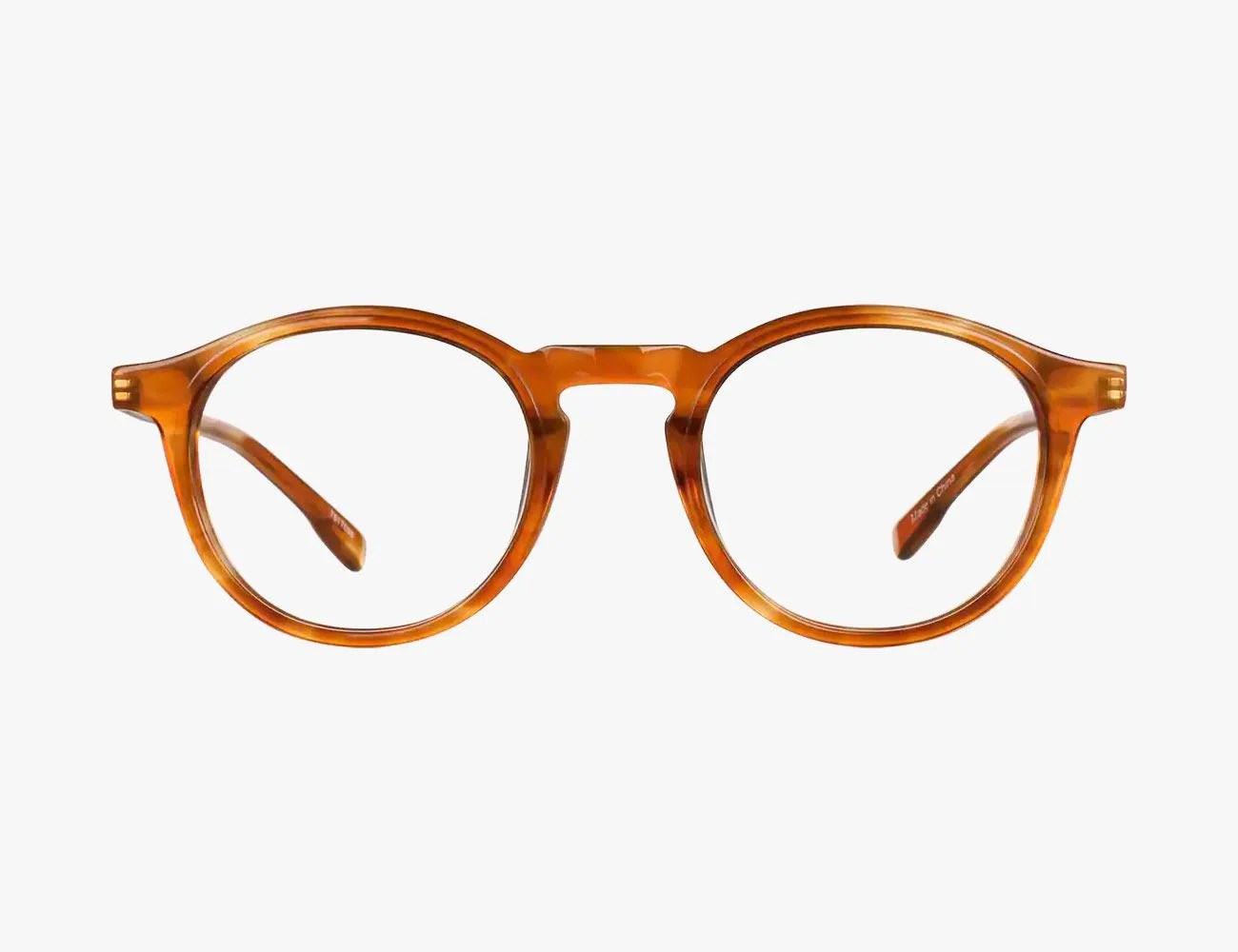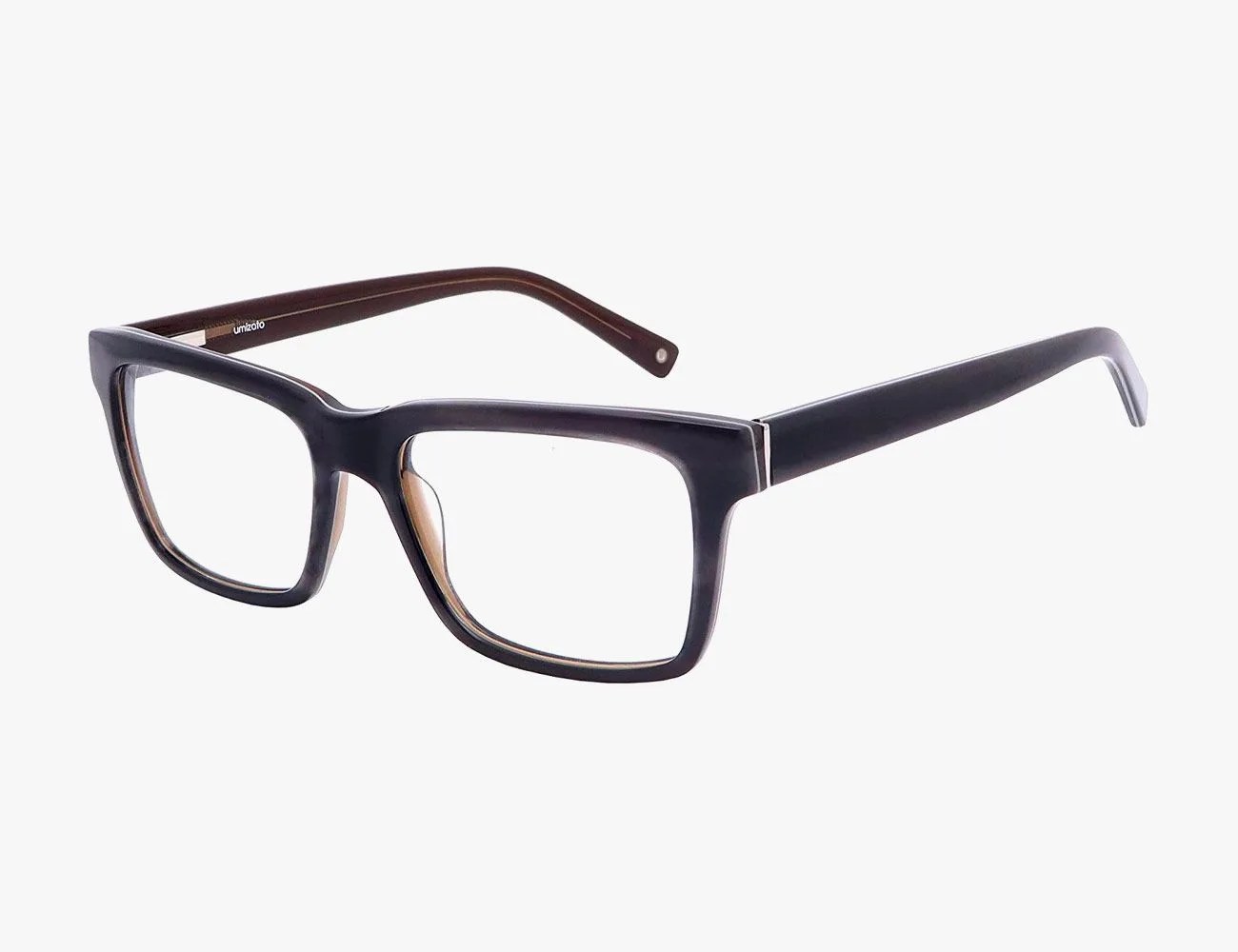It’s everywhere. At your 9-to-5 job, on the train, in the bathroom, even in your bed as you’re trying to fall asleep. If you’re reading this, it’s right in your face — blue light. Ever since we’ve been able to tap away at a computer screen we’ve been faced with an unnatural amount of blue light.
What Is Blue Light?
Not all light is created equal. Blue light tells our brain it is daytime. When the sun is out and a clear blue sky is overhead, our brains tell our bodies that we should be awake. The blue light wavelengths have been shown to increase our attention and reaction time while also lifting our moods.
Many of our electronic devices emit this same light. Our laptops, our phones, our tablets all fire incognito caffeine waves into our eyes via blue light. This can be an issue at night, when drifting off to sleep staring into our devices, because it inhibits our body’s natural ability to wind down. We produce less melatonin and end up staying awake longer — even if we feel drowsy.
Why Is It Bad?
With excessive blue light exposure, our circadian rhythms get knocked off course, increasing the likelihood of a few major health problems including diabetes, depression and more. On top of that, blue light has been shown to have an even more profound affect on our melatonin secretion compared to other wavelengths of light. So, while having your table lamp turned on will affect your circadian rhythm, blue light specifically can shift your circadian rhythm by up to twice as much.
But blue light also impacts our eyes. According to Ohio State University’s Wexner Medical School, “The fear is that it’s causing cumulative damage over a long period of time, as it passes through the cornea and lens and reaches the retina… Damage to the retina can cause vision problems such as age-related macular degeneration, which can lead to permanent vision loss. Up to 9-percent of people will experience macular degeneration, which is the most common reason for blindness in adults in the western world.”

